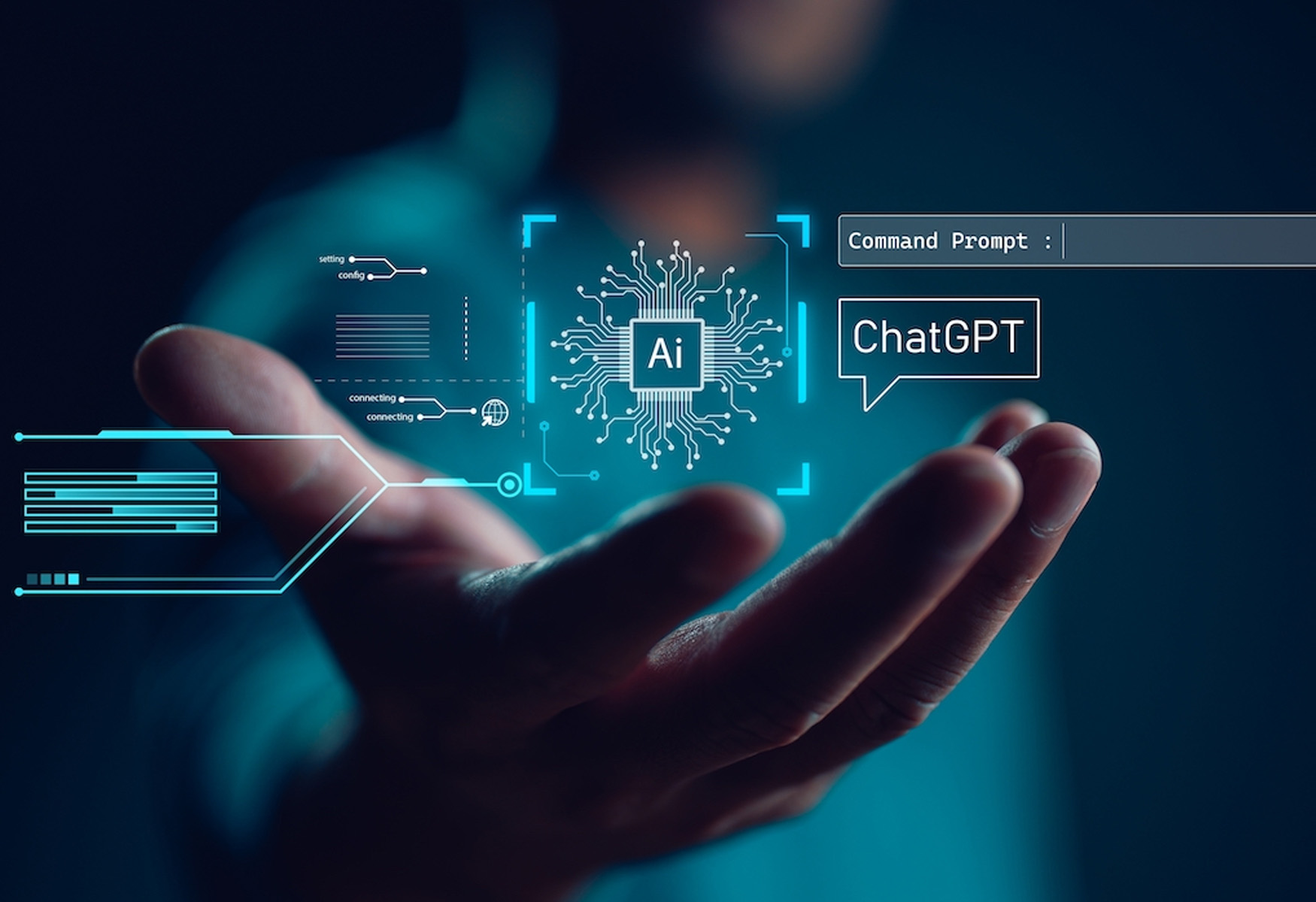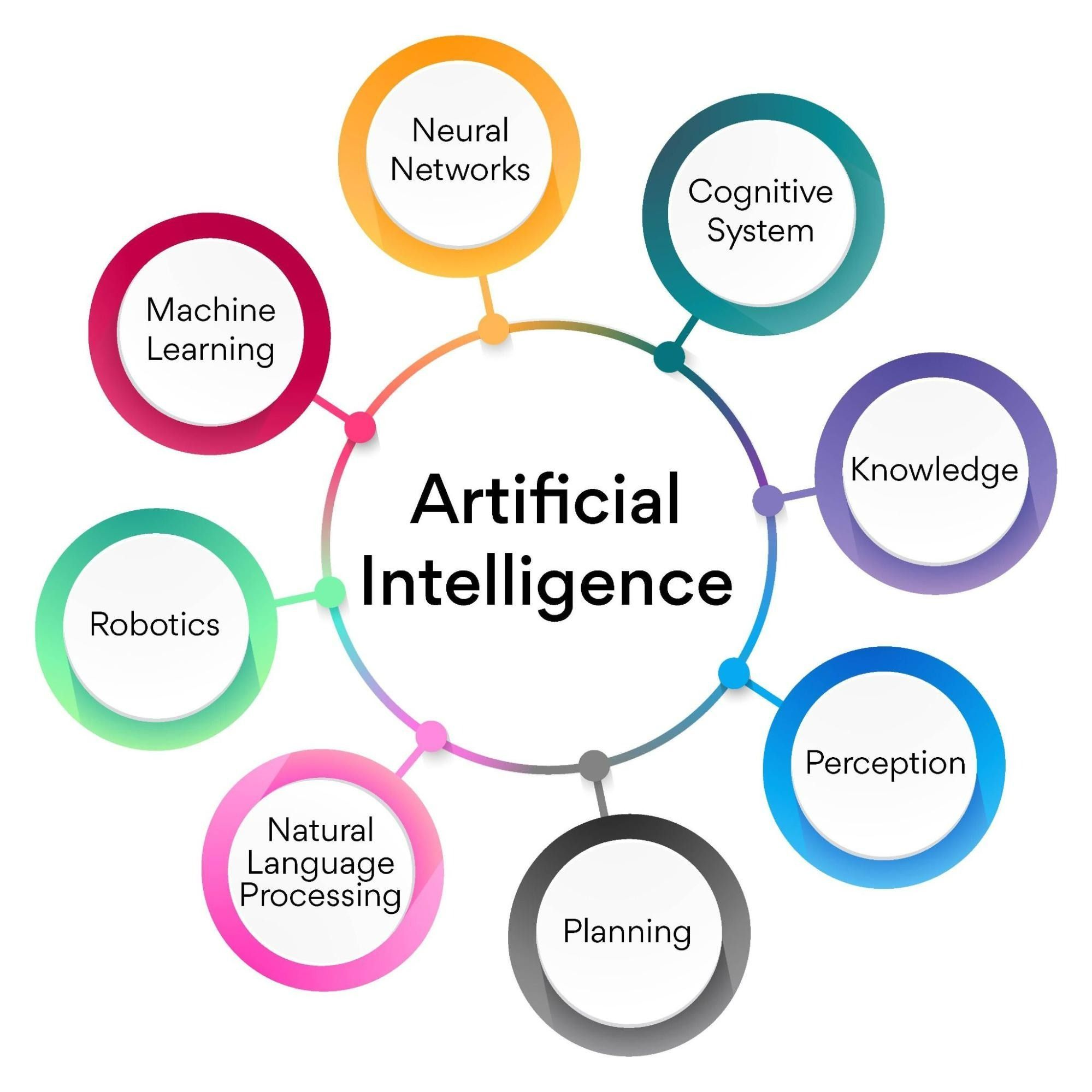Generative AI is revolutionizing the technology landscape, and its impact on enterprise spend is expected to be massive in the coming years. While the initial adoption of generative AI has been focused on the infrastructure layer, the application layer is now starting to witness the transformative power of this technology. The emergence of generative AI-powered applications is poised to reshape the way businesses operate and interact with their customers. In this article, we will explore the potential of generative AI at the app layer and its implications for enterprise technology.
Key Takeaway
Generative AI is set to revolutionize the application layer in enterprise technology. The emergence of system-of-intelligence products will leverage generative models to integrate structured and unstructured data, creating new and valuable insights. These products will have deep integrations with company workflows, allowing for the ingestion, cleaning, and labeling of data. The resulting super datasets will drive enduring value and provide a competitive advantage in the market.
The Evolution of Enterprise Applications
Before diving into the potential of generative AI, it is important to understand the evolution of enterprise applications. Over the years, there has been a shift from “system of record” applications, such as Salesforce and Workday, to “system of engagement” applications like Slack and Notion. These applications aimed to deliver consumer-like experiences by improving user interfaces and introducing interactive elements that enhance workflow efficiency.
Collaboration became a defining characteristic of these new enterprise tools, with features like multiplayer mode, annotation functionality, version history, and metadata. These applications leveraged viral components to drive adoption and enable seamless content sharing within and between organizations. However, the core focus remained on the system of engagement, with the system of record serving as the foundation for the growing volume of information generated.
The Emergence of Generative AI Applications
Generative AI is now taking the evolution of enterprise applications to the next level. The first wave of generative AI applications has already emerged, predominantly in the form of lightweight tools built on top of generative models like ChatGPT. These applications offer immediate but fleeting value, often producing single-use generative outputs. However, their limited workflow capabilities and lack of additional functionality result in high churn rates.
The second wave of generative AI applications is just starting to take shape. These applications will leverage generative models to integrate structured data from system-of-record applications and unstructured data from system-of-engagement applications. By harnessing the power of both types of data, these applications have the potential to create enduring companies that redefine the enterprise application landscape.
The Rise of the System of Intelligence
As the potential of generative AI continues to expand, the next phase will see the rise of a “system of intelligence” layer. Startups in this phase will introduce novel product offerings that leverage existing system-of-record and system-of-engagement capabilities. These products will go beyond simply replacing interactive or database layers; they will create new structured and unstructured data sets that enhance the overall product experience.
An essential focus for these products will be on integrations that allow for data ingestion, cleaning, and labeling. For example, a new customer support experience should not only ingest existing customer support tickets but also incorporate bug tracking, product documentation, and internal team communications. The product will be able to extract relevant information, tag it, and create novel insights. Through continuous training and usage, these products will improve over time, making it difficult for competitors to replicate the value they provide.
In the system of intelligence, the value lies not only in the product or model but also in the associated hierarchy, labels, and weights. Insights will be delivered in minutes rather than days, enabling faster decision-making and action-oriented outcomes. These true system-of-intelligence products will leverage generative AI to unlock the full potential of structured and unstructured data.
While the AI space has witnessed rapid transformation over the past year, the future of generative AI lies in the hands of founders who can build enduring system-of-intelligence products. As open source and proprietary models continue to evolve, these products need to couple their offerings with high-value workflows, collaboration, and the introduction of super datasets to ensure their survival in a competitive landscape. The impact on enterprises, once done right, will be nothing short of extraordinary.

























